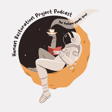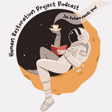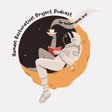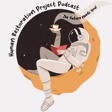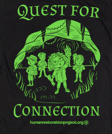
Bonus: Summit: Experiential Learning and the SDGs w/ Dr. Jennifer Williams
Interested in using this opportunity for professional development credit? See our template for administrators. Consider running this event past your administrative team prior to completing.
Dr. Jennifer Williams, is the co-founder and executive director of Take Action Global, co-founder of TeachSDGs, professor at Saint Leo University in the College of Education and Graduate Education, and author of Teach Boldly.
In this interactive discussion, we will discuss connecting the UN Sustainable Development Goals to authentic projects in the classroom.
Participants will be posed with these questions, but the conversation will take us on a journey of its own:
- How does one become inspired to start a SDG-related project? How can we incorporate student inspiration and voice to the planning process?
- What components work well in SDG-related projects? What tools, websites, or objectives are there?
- How can we take projects into the community to make meaningful, authentic change for the world?
Please see the attached Google Document for all the notes from this conversation, as well as a variety of external links.
